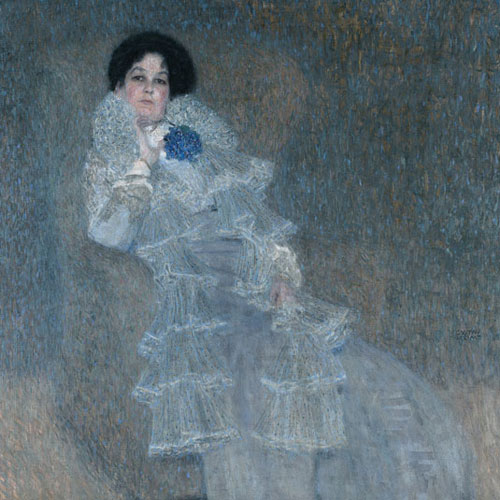Most likely, the Cabaret Fledermaus, designed in 1907 by Josef Hoffmann, and famous ever since for the vibrant, fun and hedonistic mixture of the mosaic made from the glazed ceramic tiles on the walls, and the checkered black and white floor of the hall, filled with the legendary Fledermaus chairs – is the most popular, and known creation of Viennese movement, Werkstätte (Talleres Vieneses).

Its origins can be traced back to Fritz Waendorfler, a man of refined tastes who dreamed of a place of sophisticated entertainment in Vienna city – it was a concept along the lines of the Art Nouveau ethos. Art Nouveau encapsulated all areas of life related to the artistic – it was not only limited to the world of dance, theatre, song and literature, but anything at all which possessed a hint of the aesthetic sensibilities attached to the name.
The beginnings of the architectural planning of the building correlated closely with those of another of the Wiener Werkstätte´s grand creations – the Palais Stoclet de Bruselas (1905-1911) – the use of simple, cubic forms, contrasts of black and white, and chiselled metal decorated with garland shaped relief.
Since the Cabaret Fledermaus hall was wide rather than long, the space between the performers and the audience was significantly reduced, and was completely taken up by the wonderful chairs – a layout which would become a classic of 20th century design, and an ideal distance of stage from audience.
But it wasn´t just the famous Fledermaus chairs which made the project a great feat in design. There was also the lighting, the decor, the crockery, and the laying of the tables; bringing together a whole collective of furniture, ceramic, and light designers.
In fact, as it has been pointed out more than once, this line up of artists who collaborated in the interior design of Cabaret Fledermaus could easily be considered the definitive Wiener Werkstätte group – since most members were involved, including amongst others; Fritz Dietl, Josef Hoffmann, Gustav Klimt, Oscar Kokoschka, Michael Powolny, and Fritz Zeymer. As such, the objects found inside the building have come to be synonymous with the iconography of the group; for example, the aforementioned chairs, designed by Josef Hoffmann, the “putto” by Michael Powolny (undoubtedly the emblem of the group – the ceramic version as well as the black and white) – as well as the famous vases, table centrepieces, and waste paper bins made from perforated metal laminate.
For more details: http://www.fledermaus.at/web/clubnet_v2/
?
 Paul Oilzum
Paul Oilzum
Though it has changed a little in appearance, the cabaret continues to be a vibrant club, and venue for indie gigs. It deserves a visit when you rent apartments in Vienna
 Translated by: Poppy
Translated by: Poppy
Contact Me

 English
English
